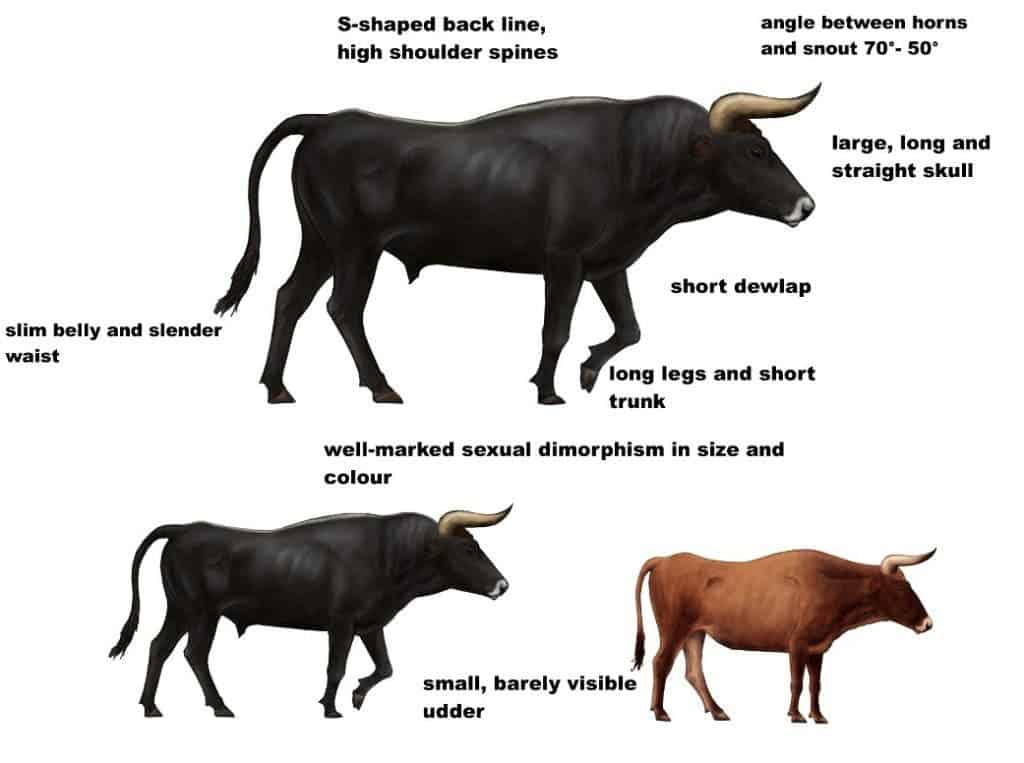Scientists are trying to de-extinct ancient cows called aurochs.
The aurochs roamed Europe, Asia, and Northern Africa, being the ancestors of modern cattle. Neolithic people domesticated them, but ultimately, their populations faded away, until the last domesticated auroch was killed in Poland, in 1627. Aurochs measured up to 7 ft (2.13 m) tall and weighed around 1,000kg. Since 2009, two research teams have tried to bring them back from extinction and now – they’re pretty close.
Before you get overly excited, this isn’t about cloning or anything like that. Instead, what scientists are doing is a carefully planned out breeding program. They’re using cows which still carry auroch DNA.
The first project, Operation Taurus, has selectively bred 300 calves with auroch DNA via a process called back-breeding. Breeding back is a form of artificial selection by the deliberate selective breeding of domestic animals, in an attempt to achieve an animal breed that resembles an ancestor – usually, an extinct one. Basically, they choose cows which look like aurochs, and each generation gets them closer and closer to the desired outcome. Several auroch-like cow breeds were chosen for this purpose, including the Maremmana from Italy and Podolica and Busha breed from the Balkans.
“They have the highest percentage of aurochs genetic material,” Professor Donato Matassino from the operation told The Telegraph. “I don’t think we’ll ever be able to create an animal that is 100 percent like the aurochs, but we can get very close.”
However, even if they do create an animal that does look 100% like an auroch, it still won’t be an auroch – the gene pool of the ancient creatures is still lost.
The other program uses similar techniques. The Taurus Project in Portugal uses different types of breeds to get closer to the aurochs.
Both programs are part of the Rewilding Europe initiative, which aims to reintroduce lost species to the continent. Although this wouldn’t truly bring back the species, it would serve two different purposes: firstly, it would be good for the environment, and secondly, it would boost tourism. Also, it could help generate interest in science and biology.
“Wild cattle are one of the species that shaped the European landscape over hundreds of thousands of years,” Wouter Helmer, founder of Rewilding Europe, told The Telegraph.
“If there are no large herbivores then the forest regenerates very fast. Big grazing animals keep patches of land open and create variety in the landscape which helps many thousands of species of plants, insects and animals.”











